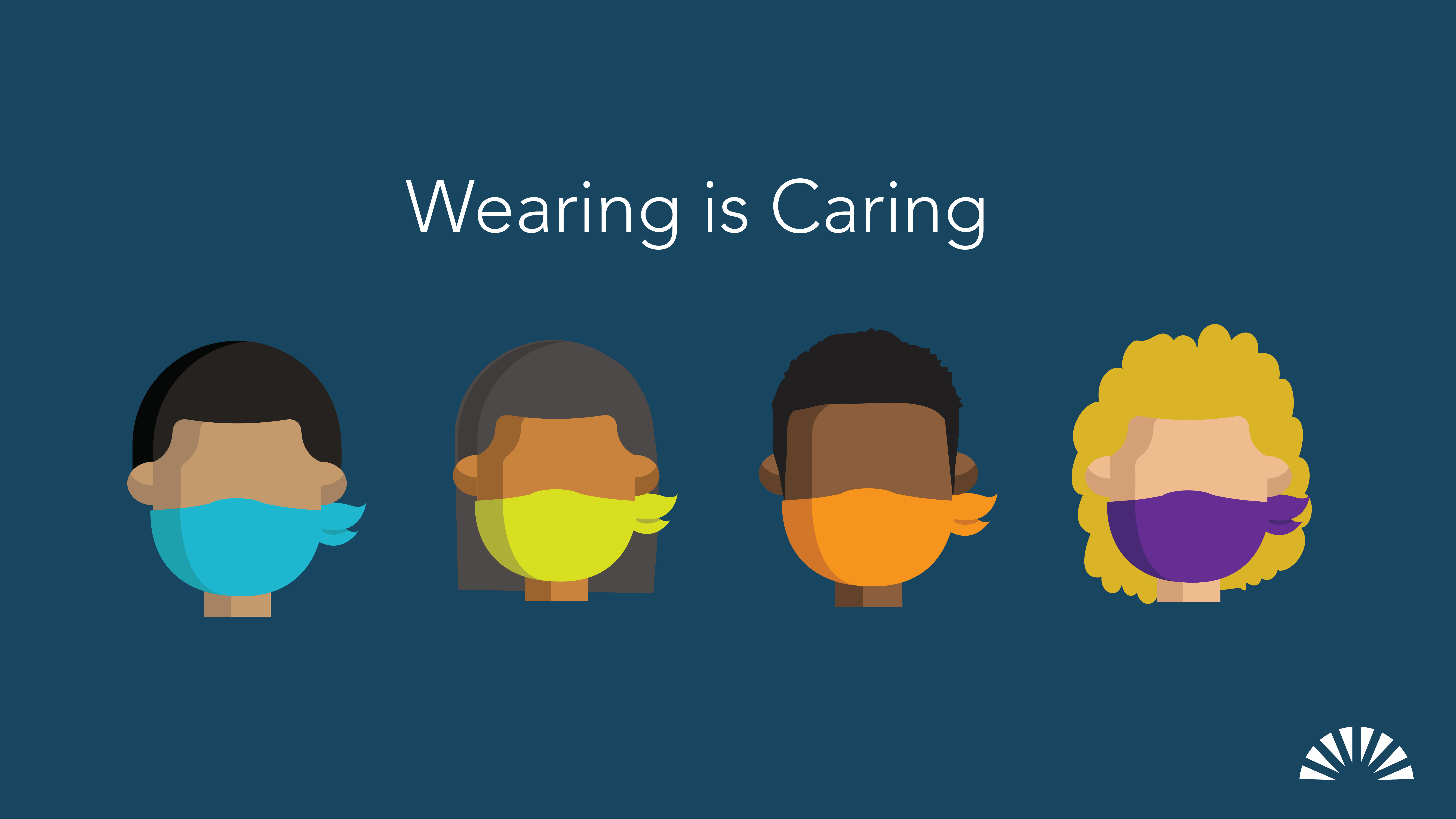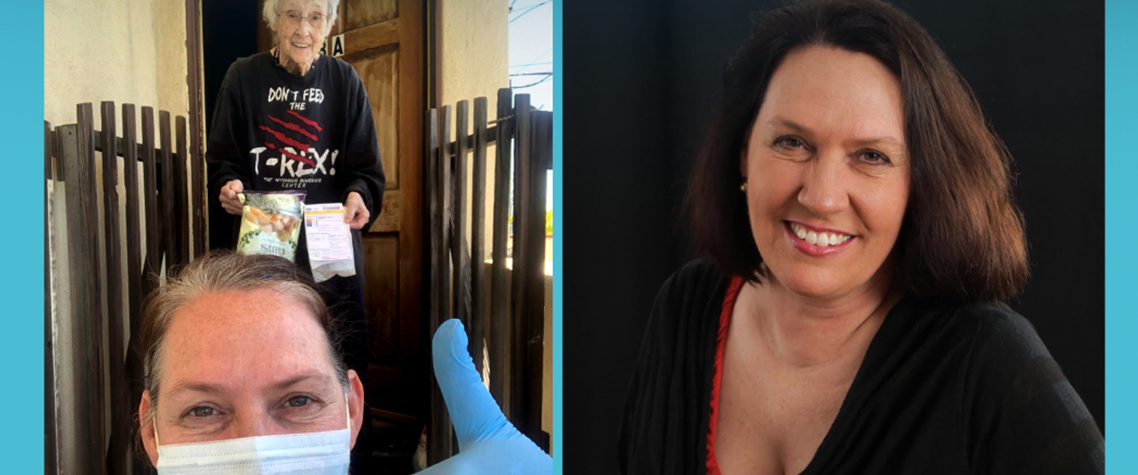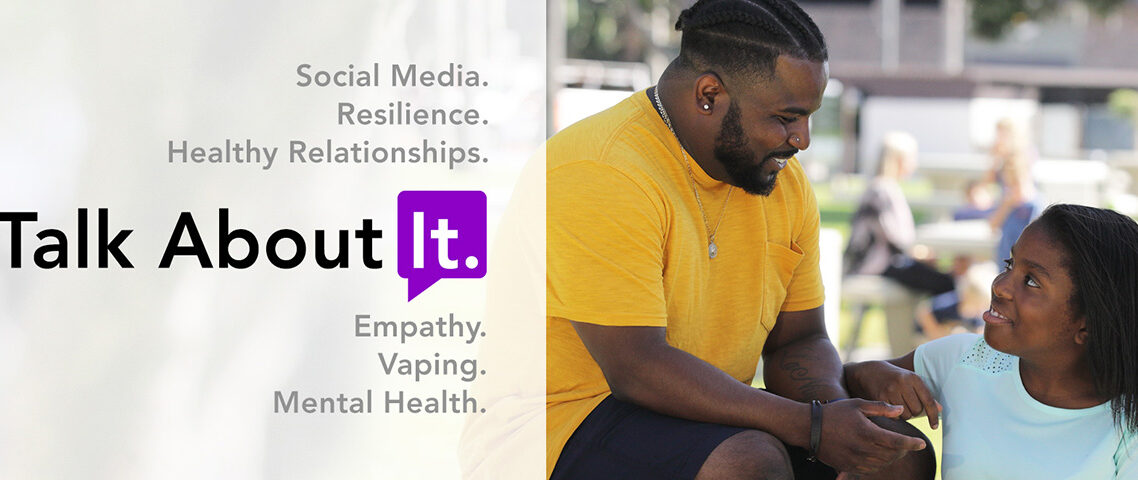By William Kim, MD, Chief Medical Advisor, Beach Cities Health District
Six months after our Beach Cities schools closed their doors due to the COVID-19 pandemic, we have become accustomed to wearing face coverings to prevent the spread of the disease.
Now, with a new school year starting, students are still taking classes at home/doing distance learning, but there are signs that Los Angeles County may soon be able to re-open campuses, if we as a community continue taking the proper steps. These include staying home as much as possible, keeping physical distance, frequent handwashing and wearing face coverings.
The Los Angeles County Department of Public Health’s Aug. 12 Health Officer Order requires all people (with some exceptions noted below) “wear a face covering over both the nose and mouth when in or likely to be in contact with others, to lower the risks of person-to-person contact for themselves and others.”
The County’s Reopening Protocols for K-12 Schools includes the following mandate: “Anyone entering school property (school buses as well as school buildings and grounds) who has contact with others (students, parents or other employees) is required to wear a cloth face covering.”
Face coverings will be important for students when our schools re-open to prevent a resurgence of the virus and to protect our loved ones and others we encounter at school, home or elsewhere. A face covering may protect the wearer and it definitely keeps the wearer from spreading the virus to others.
COVID-19 spreads mainly from person to person through respiratory droplets produced when an infected person sneezes, coughs, talks, or raises their voice (e.g., while shouting, chanting, or singing). These droplets can land in the mouths or noses of people who are nearby or possibly be inhaled into the lungs. Recent studies show that a significant portion of individuals with COVID-19 lack symptoms (are “asymptomatic”) and that even those who eventually develop symptoms can transmit the virus to others before showing symptoms.
To reduce the spread of COVID-19, CDC recommends that people wear face coverings in public and private settings when around people outside of their household, especially when other physical distancing measures are difficult to maintain.
Face coverings are recommended as a simple barrier to help prevent respiratory droplets from traveling into the air and onto other people when the person wearing the face covering coughs, sneezes, talks, or raises their voice. This is called source control. Recent clinical and laboratory studies show face coverings reduce the spray of droplets when worn over the nose and mouth. COVID-19 spreads mainly among people who are in close contact with one another (within about six feet), so the use of face coverings is particularly important in settings where people are close to each other or where physical distancing is difficult to maintain.
How to Wear Face Coverings:
The CDC provides some great information on how to properly wear and care for a face covering. For instance, face coverings should only be worn one time before washing and reusing. Here is more useful information from the CDC:
Wear your Face Covering Correctly by:
- Washing your hands before putting on your mask
- Putting it over your nose and mouth and securing it under your chin
- Trying to fit it snugly against the sides of your face
- Making sure you can breathe easily
Wear a Face Covering to Protect Others by:
- Wearing a covering that covers your nose and mouth to help protect others in case you’re infected with COVID-19 but don’t have symptoms
- Wearing a face covering in public settings when around people who don’t live in your household, especially when it may be difficult for you to stay six feet apart
- Wearing a face covering correctly for maximum protection
- Not putting the covering around your neck or up on your forehead
- Not touching the face covering, and if you do, wash your hands or use hand sanitizer to disinfect
- Do not use a mask with an exhalation valve or vent
Take Off Your Face Covering Carefully by:
- Untying the strings behind your head or stretching the ear loops
- Handling only by the ear loops or ties
- Folding outside corners together
- Placing it in the washing machine
- Being careful not to touch your eyes, nose, and mouth when removing and wash hands immediately after removing
More on Face Coverings:
- Masks should not be worn by children under age 2 or anyone who has trouble breathing, is unconscious, incapacitated, or otherwise unable to remove the mask without assistance.
- Do not use a mask meant for a healthcare worker. Surgical masks and N95 respirators are critical supplies that should be reserved for healthcare workers and other first responders.
Source: https://www.cdc.gov/coronavirus/2019-ncov/prevent-getting-sick/how-to-wear-cloth-face-coverings.html






